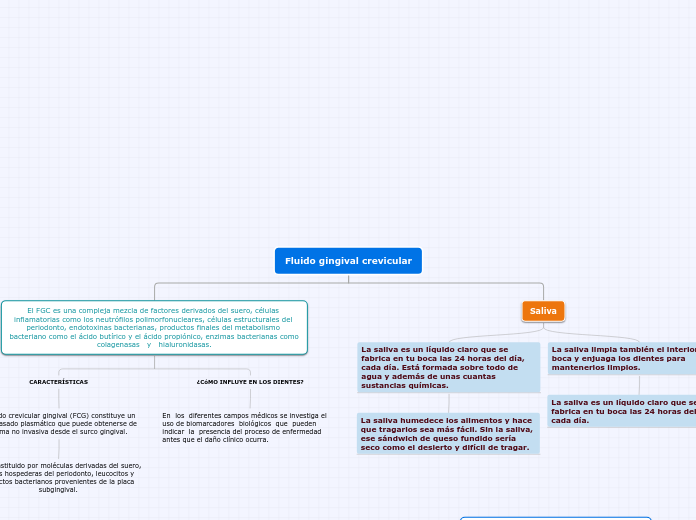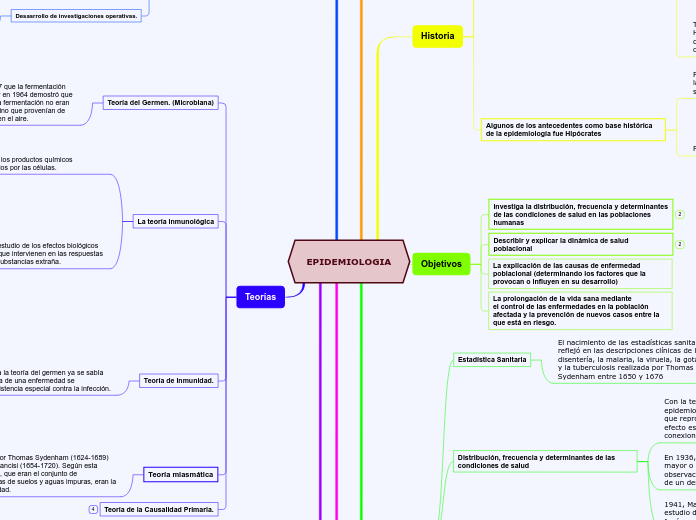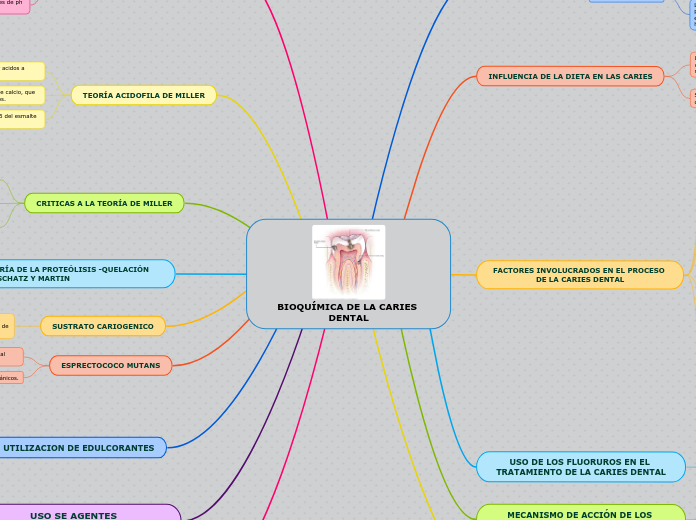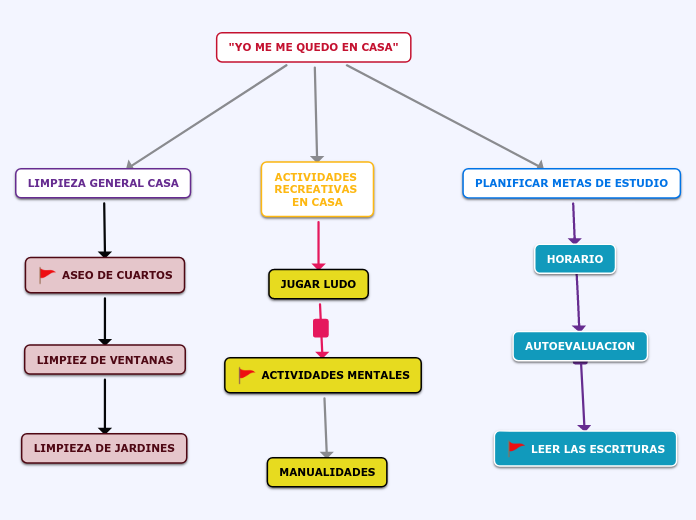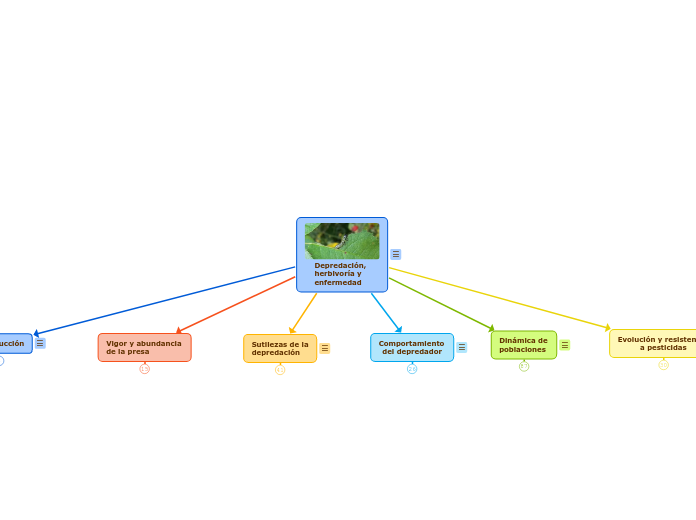BIBLIOGRAFÍA: ¿Qué es la saliva? [Internet]. Connecticutchildrens.org. [cited 2021 May 15]. Available from: https://www.connecticutchildrens.org/health-library/es/kids/spit-esp/
BIBLIOGRAFÍA: Available from https://www.medigraphic.com/pdfs/odovtos/ijd-2017/ijd173e.pdf
Fluido gingival crevicular
Type in the name of the multiple-perspectives text.
Example: Bridge to Terabithia by Katherine Paterson
Saliva
La saliva limpia también el interior de la boca y enjuaga los dientes para mantenerlos limpios.
La saliva es un líquido claro que se fabrica en tu boca las 24 horas del día, cada día.
La saliva es un líquido claro que se fabrica en tu boca las 24 horas del día, cada día. Está formada sobre todo de agua y además de unas cuantas sustancias químicas.
Decide on the first point of view you are going to present.
Type in the name of the character (it can either be the main character or one of the supporting characters) whose point of view belongs to.
Example: Jesse Oliver Aarons, Jr., the main character of the novel, a fifth-grader living in a rural Southern area.
La saliva humedece los alimentos y hace que tragarlos sea más fácil. Sin la saliva, ese sándwich de queso fundido sería seco como el desierto y difícil de tragar.
Type in a relevant quote that highlights the character's point of view towards
Saliva.
Try following a citation format: author's name, chapter, and page.
Example: 'Jesse drew the way some people drank whiskey. (...) Lord, he loved to draw. (...) When he was in first grade, he told his father that he wanted to be an artist when he grew up.' (Paterson, 2. 7)
El FGC es una compleja mezcla de factores derivados del suero, células inflamatorias como los neutrófilos polimorfonucleares, células estructurales del periodonto, endotoxinas bacterianas, productos finales del metabolismo bacteriano como el ácido butírico y el ácido propiónico, enzimas bacterianas como colagenasas y hialuronidasas.
Identify an important issue from the text that is being presented from different angles. Type it in.
Example: Jesse's drawing talent.
¿CóMO INFLUYE EN LOS DIENTES?
Decide on the fourth point of view
Type in the name of the last character whose perspective on the issue you are going to present.
Example: Leslie Burke, Jesse's new next-door neighbor, and best friend.
En los diferentes campos médicos se investiga el uso de biomarcadores biológicos que pueden indicar la presencia del proceso de enfermedad antes que el daño clínico ocurra.
Point of view
Type in a relevant quote that highlights the character's point of view. Try to follow a citation format: author's name, chapter, and page.
Example: I can't get the poetry of the trees,' he said. She nodded. Don't worry,' she said. You will someday. He believed her.' (Paterson, 4. 24)
CARACTERÍSTICAS
Decide on the second point of view
Name the character (it can either be the main character or one of the supporting characters) whose point of view you are presenting.
Example: Miss Edmunds, Jesse's music teacher.
El fluido crevicular gingival (FCG) constituye un extravasado plasmático que puede obtenerse de forma no invasiva desde el surco gingival.
Type in a quote that points out the character's position about the issue.
Try to follow a citation format: author's name, chapter, and page.
Example: 'She said he was unusually talented, and she hoped he wouldn't let anything discourage him.' (Paterson, 2. 8)
Está constituido por moléculas derivadas del suero, células hospederas del periodonto, leucocitos y productos bacterianos provenientes de la placa subgingival.
How is the viewpoint introduced in the story?
Choose an answer:
First person point of viewSecond person point of viewThird person point of viewOmniscient point of view
